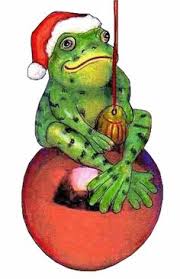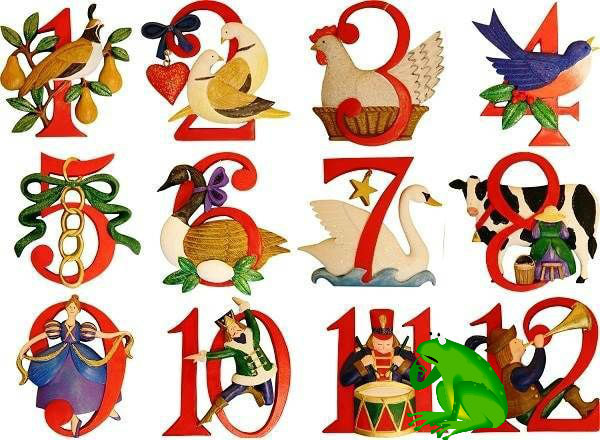January 2019
1. New Years's Day
2. National Science Fiction Day, National Cream Puff Day, National Personal Trainer Awareness Day, National Buffet Day.
3. National Fruitcake Toss Day, National Chocolate Covered Cherry Day.
4. National Spaghetti Day, National Trivia Day.
5. National Keto Day (This could tie in nicely if your resolution is to lose weight!), National Bird Day, National Whipped Cream Day, National Screenwriters Day.
6. National Bean Day, National Shortbread Day, National Technology Day, National Cuddle Up Day, (and my favorite) little brother Quigley's Birthday!
7. National Bobblehead Day, National Tempura Day, National TGIM Day (Thank God It;s Monday.
8. National Argyle Day, National Bubble Bath Day, National English Toffee Day, National JoyGerm Day, National Winter Skin Relief Day (toads need this to be every day of the year!), Shop for Travel Day.
9. National Apricot Day, National Law Enforcement Appreciation Day, National Static Electricity Day.
10. National Bittersweet Chocolate Day, National Cut Your Energy Costs Day, National Save The Eagles Day.
11. National Milk Day, National Step in the Puddle and Splash Your Friends Day.
12. National Kiss a Ginger Day (but only with permission!), National Pharmacist Day, National Vision Board Day.
13. Korean American Day, National Sticker Day, National Rubber Ducky Day, Stephen Foster memorial Day, National Sunday Supper Day.
14. National Dress Up Your Pet Day, Ratification Day, National Clean Off Your Desk Day.
15. National Brooch Day, National Hat Day, National Strawberry Ice Cream Day.
16. National Without A Scalpel Day, National Nothing Day, National Religious Freedom Day, National Fig Newton Day.
17. National Get To Know Your Customer's Day.
18. National Winnie The Pooh Day, National Thesaurus Day.
19. National Quark Day, National Popcorn Day.
20. National Buttercrunch Day, National Disc Jockey Day, National Cheese Lover's Day.
21. National Hugging Day (and who couldn't use more of them?), Martin Luther King, Jr. Day, Squirrel Appreciation Day.
22. National Blonde Brownie Day.
23. National Pie Day, National Handwriting Day, Library Shelfie Day.
24. National Compliment Day, National Peanut Butter Day.
25. National Opposite Day, National Big Wig Day.
26. National Green Juice Day (You know I gotta love that!), National Spouses Day, National Seed Swap Day.
27. National Chocolate Cake Day.
28. National Have Fun At Work Day, National Kazoo Day, National Blueberry Pancake Day, Data Privacy Day, National Bubble Wrap Appreciation Day (But only if it's the environmentally-friendly kind!).
29. National Puzzle Day, National Corn Chip Day, Plan For Vacation Day.
30. National Croissant Day (Yummo!)
31. National Backward Day, Inspire Your Heart With Art Day.
See? I told there were still plenty of fun and worthwhile things to celebrate in January. So keep the party going; just pick out your favorite January days to celebrate. That's what I'm going to do. I'm hopping off now to make a run to the Land of Lily Pad Party Store. Then I'm taking a few days off to celebrate the New Year with my family and friends. I'll be back again on Thursday, January 4th to resume my normal schedule.
Happy New Year Everyone. Until we meet again in 2019, I wish you joy, love and
PEACE.










 RSS Feed
RSS Feed